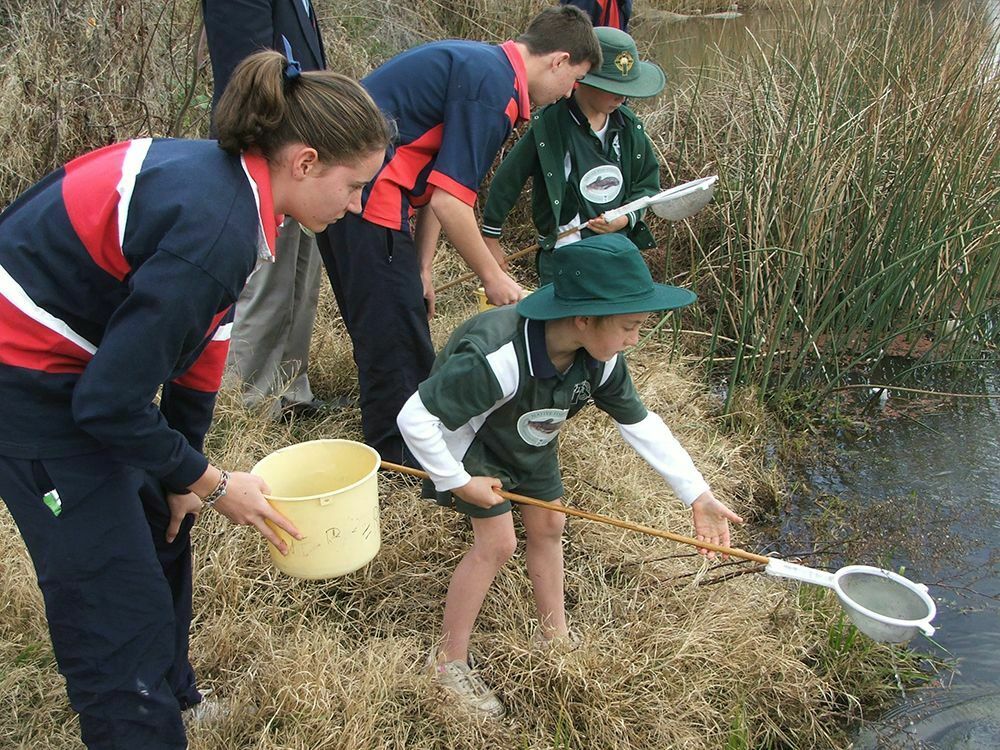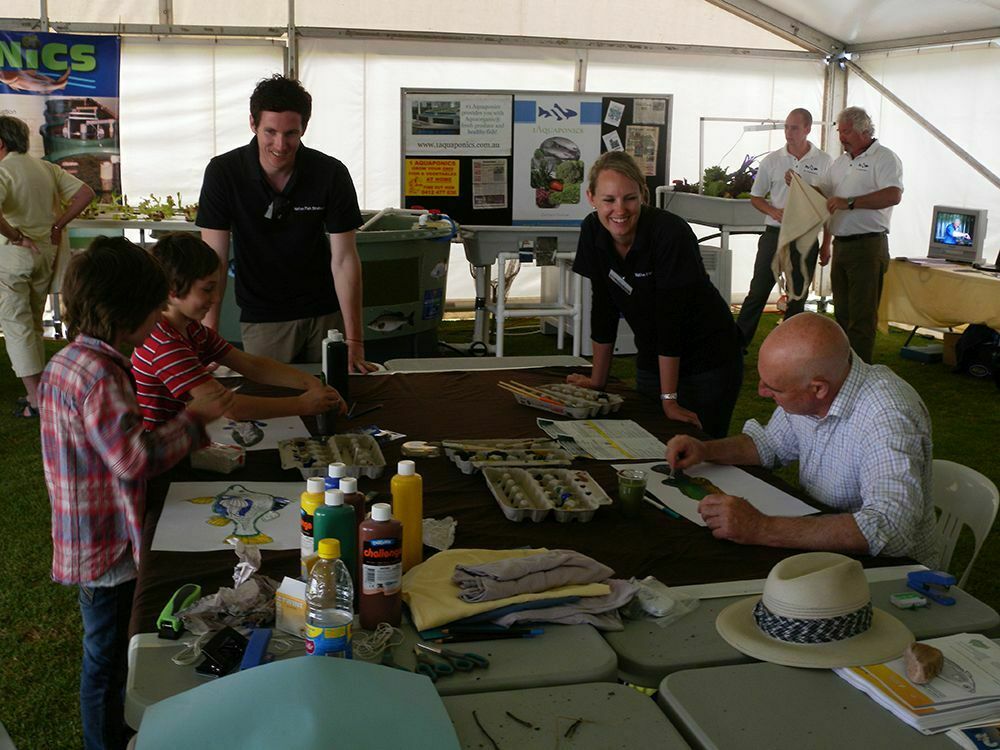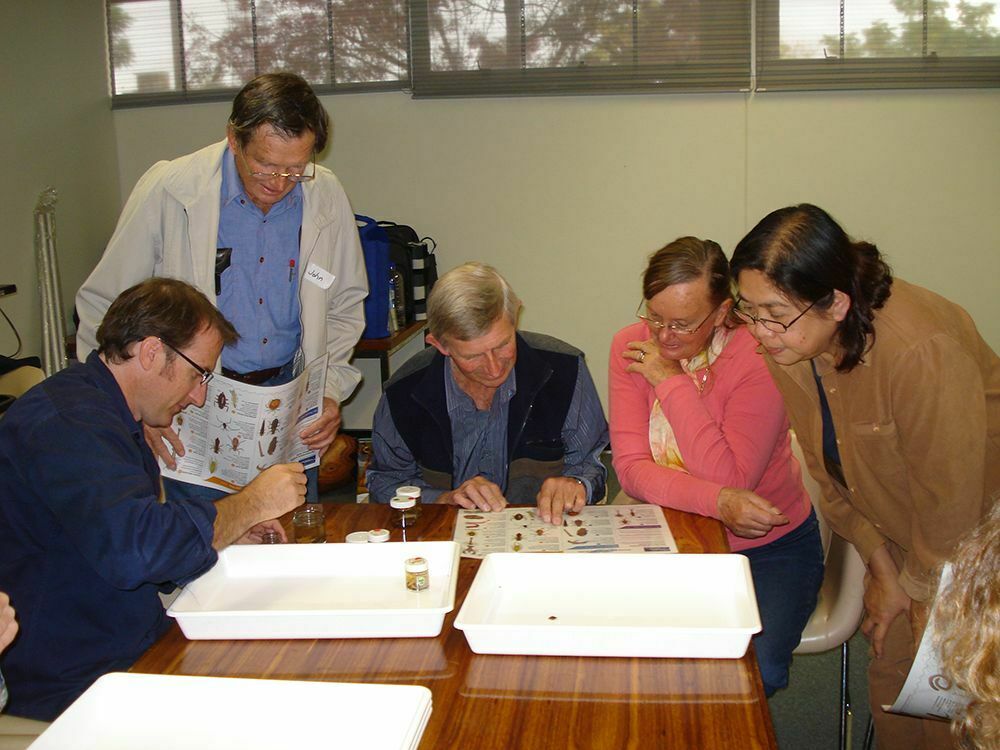There are a vast array of groups that are formed and driven by different community interests. Some groups such as Landcare and Waterwatch have strong, ongoing and direct interests in river rehabilitation, and were involved, and continue to be part of native fish recovery activities. Other groups such as Rotary, Lions and Probus may participate in specific local activities or seek information on environmental issues.
The first phase of the Native Fish Strategy (NFS) engaged with many large and small community groups throughout its life. Linking with existing community groups was a very effective method of engaging with larger groups of people, to increase awareness of, and participation in, the NFS. Typically, in small communities there is often a significant overlap in membership of community groups with other stakeholder groups like schools, local government, Catchment Management Authorities (CMAs) and recreational anglers. Developing local contacts in these groups helped the NFS to connect effectively with a local community, providing advice on who else to contact as well as appropriate approaches to engage.


Community Stakeholder Taskforce (CST) members and NFS coordinators often gave talks to community groups, participated in field days run by community groups, as well as sought their participation in NFS activities such as NFA week, NFS forums and many Demonstration Reach events. Strong relationships were built with Landcare coordinators and Waterwatch coordinators in particular, who would regularly liaise with NFS coordinators about participation in events, provision of resources and information. Key representatives within Landcare and Waterwatch would also contact NFS coordinators directly. During field days that NFS ran, would try and involve local community groups in catering and use of facilities to support local business. When scientists participated in field days to highlight research results, this was often a particular highlight for community group members and individual landholders.
There were examples where local champions involved in particular events would then use this interest and knowledge to initiate other river rehabilitation activities. A local champion with the Ovens River Demonstration Reach took the concept to other creeks and established a vibrant Restoring Our Waterways group, auspiced under the Wangaratta Urban Landcare Group. Other groups such as Merton Landcare initiated many rehabilitation and engagement activities after involvement in the NFS, including surveying their local creek with bait traps and establishing interpretive signs. NFS engagement with the Flowerdale Environment Engine, which was initiated following the Black Saturday fires in Victoria, led to a greater awareness of the plight of the Macquarie perch and this species became an icon, with a broad range of onground and engagement activities specifically focusing on its habitat needs.



It is important to recognise that many landholders located near rivers and streams have an interest in rehabilitation programs, but do not wish to be involved in a community group. Demonstration Reaches provided a valuable opportunity to engage with these individuals, many of whom preferred to interact one on one engagement with NFS Coordinators and managers. Demonstration Reach Steering Committees invited relevant community groups, landholders and stakeholders to become members.
Some chose not to be involved, some were only involved when projects were of interest to them and some were heavily involved. This gave ownership and improved coordination across a wider area of works and rehabilitation than could have been undertaken by just the Demonstration Reach.
